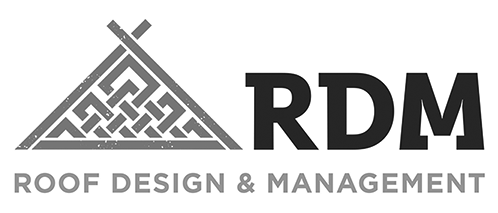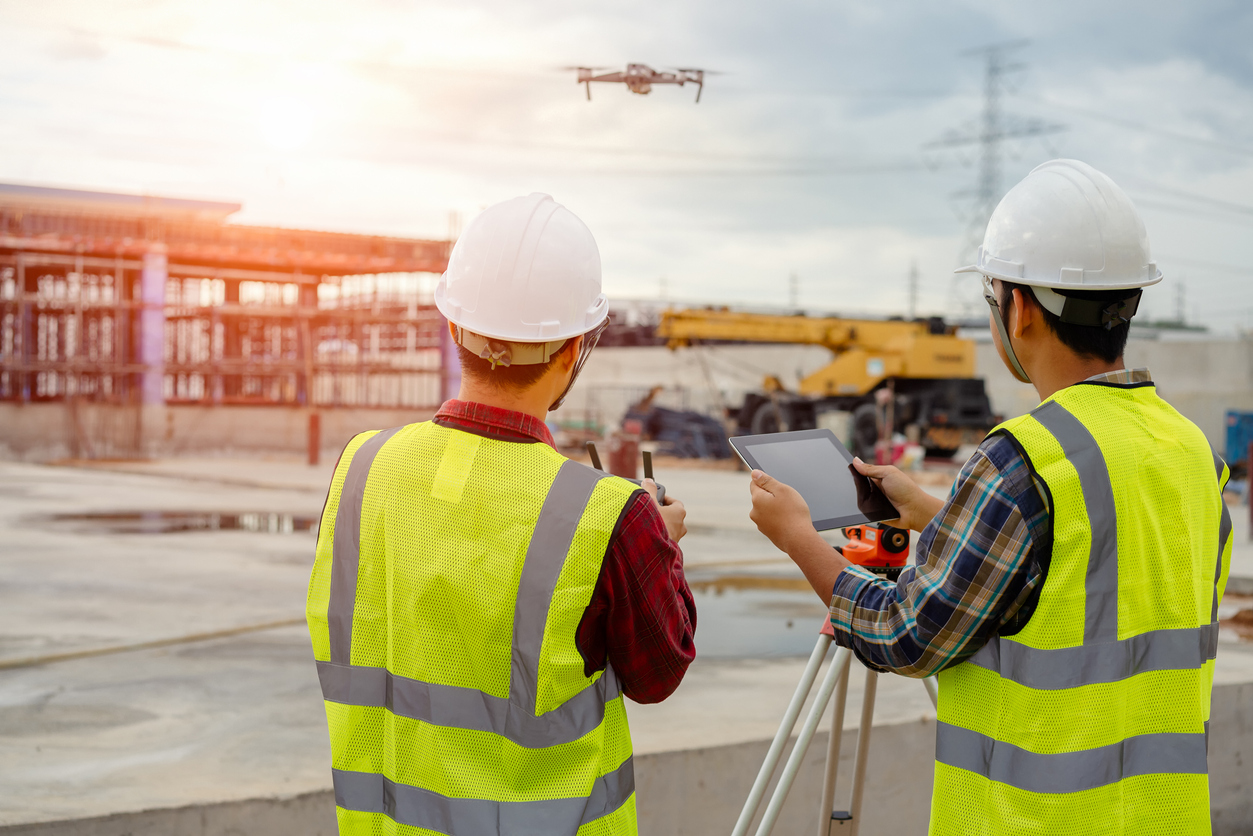The Health and Safety at Work Act 2015 (HSWA) has made all of us even more aware of our safety and wellbeing obligations to our teams, our customers and ourselves. With this in mind – and in the wake of knee replacement surgery – I was looking for ways in which I could reduce my risk, improve my work practices, and (ideally) improve my service to residential and commercial roofing clients.
Therefore, in mid-2018, I trialled iRoofing, a roof measuring app which uses images from Google maps. It certainly had the potential to reduce the need to use ladders and work at heights, but some of the imagery was too blurry to take accurate readings. It was the app supplier who suggested I investigate drone photography. At about the same time, I had started to receive enquiries for roof inspections for insurance purposes. The company requesting these specifically stated it would prefer that these were conducted by a drone rather than actual access to the roof.
The many benefits of drone technology in roofing
RDM Group’s first drone was a Splash Drone – and the benefits for myself and my clients were immediate.
- It was easier and safer to work alone, since there was no ladder involved and, therefore, no need to have a “spotter” with me.
- Working at height and its associated risks on a task analysis were not just minimised or isolated – they were completely eliminated.
- Spotting obvious faults and checking the roof condition became easier and more time efficient.
- Customers could have “before and after” photos without putting themselves (or anyone else) at risk.
- Roofs which previously had been inaccessible due to their height and/or pitch were no longer “out of bounds”.
Drone technology is surging ahead, so in June 2019 I upgraded from the Splash Drone to an Autel Robotics EVO. The picture quality and controls had improved in just these few months. In fact, clients can now watch their inspection as a high-resolution video. It brings the facts to life; they can see everything in situ which helps them understand recommendations. This will only improve further as apps get smarter.
And, I had not anticipated just how fascinated clients would be! Occasionally, I still hear concerns, but mostly I get asked, “Please can I watch?” and “What does that button do?”
Responsible drone use
There are protocols that have to be observed with every flight. Firstly, it needs to be logged with AirShare, an app and website co-developed by the CAA (Civil Aviation Authority), Callaghan Innovation and UAVNZ (the “unmanned” division of Aviation New Zealand). Also, one of the CAA’s standard checklist for flying within the Class 1 classification has to be completed for each flight. When appropriate, being mindful of the privacy of others, I advise neighbouring properties too.
The benefits of drones for other industries
Drone technology has the potential to offer numerous benefits to construction overall, and roofing in particular. The next generation of drones will likely include thermal imaging, making it easier to identify, for example, heat loss through weaknesses in insulation.
There are some circumstances when only a ladder will do, such as if the weather is inclement, or there are other site constraints. However, if a business is offering site monitoring, surveying, or measuring (when used in association with an app) I would suggest you investigate this exciting option. A chat with Sagar Thaker at JC Matthew Ltd would be a good place to start.




Leave A Comment